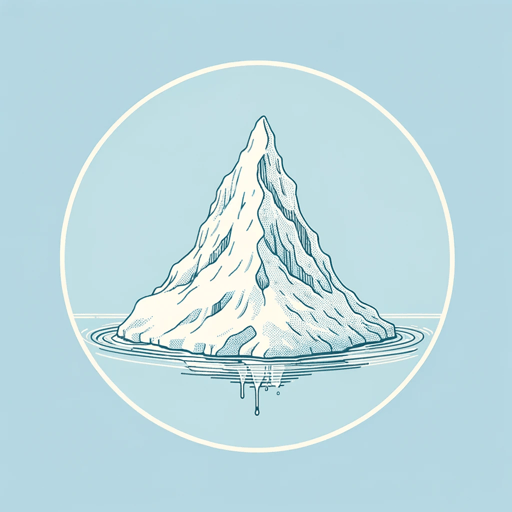79 pages • 2 hours read
Greta ThunbergThe Climate Book
Nonfiction | Book | Adult | Published in 2022A modern alternative to SparkNotes and CliffsNotes, SuperSummary offers high-quality Study Guides with detailed chapter summaries and analysis of major themes, characters, and more.
Index of Terms
The Carbon Cycle
The carbon cycle is the cyclical transference of carbon between the atmosphere, living organisms, the ocean, and the solid earth. In the natural carbon cycle, carbon is released from the Earth into the atmosphere via volcanoes. Plants take in CO2, and animals take in plants. When plants and animals die and decompose, the CO2 is returned to the Earth. The ocean and soil also absorb and store CO2. Human activity, namely industrial activity and the burning of fossil fuels, has cause the concentration of CO2 in the atmosphere to rise, disrupting the natural carbon cycle and causing a global warming effect.
The Water Cycle
The water cycle is the transference of water from the atmosphere to the ground and back again. Water evaporates from oceans, plants, and the ground, where it condenses to form clouds. Liquid or solid water is then released as precipitation, falling into waterways or on land. Some water seeps through the ground to form aquifers. The water cycle and the Earth’s climate are inextricably linked. Warming temperatures are increasing the rate of evaporation and precipitation, leaving some areas in drought and some at risk of heavy storms and flooding.

